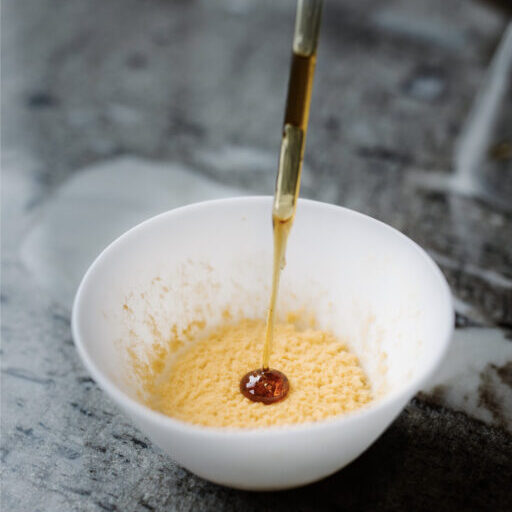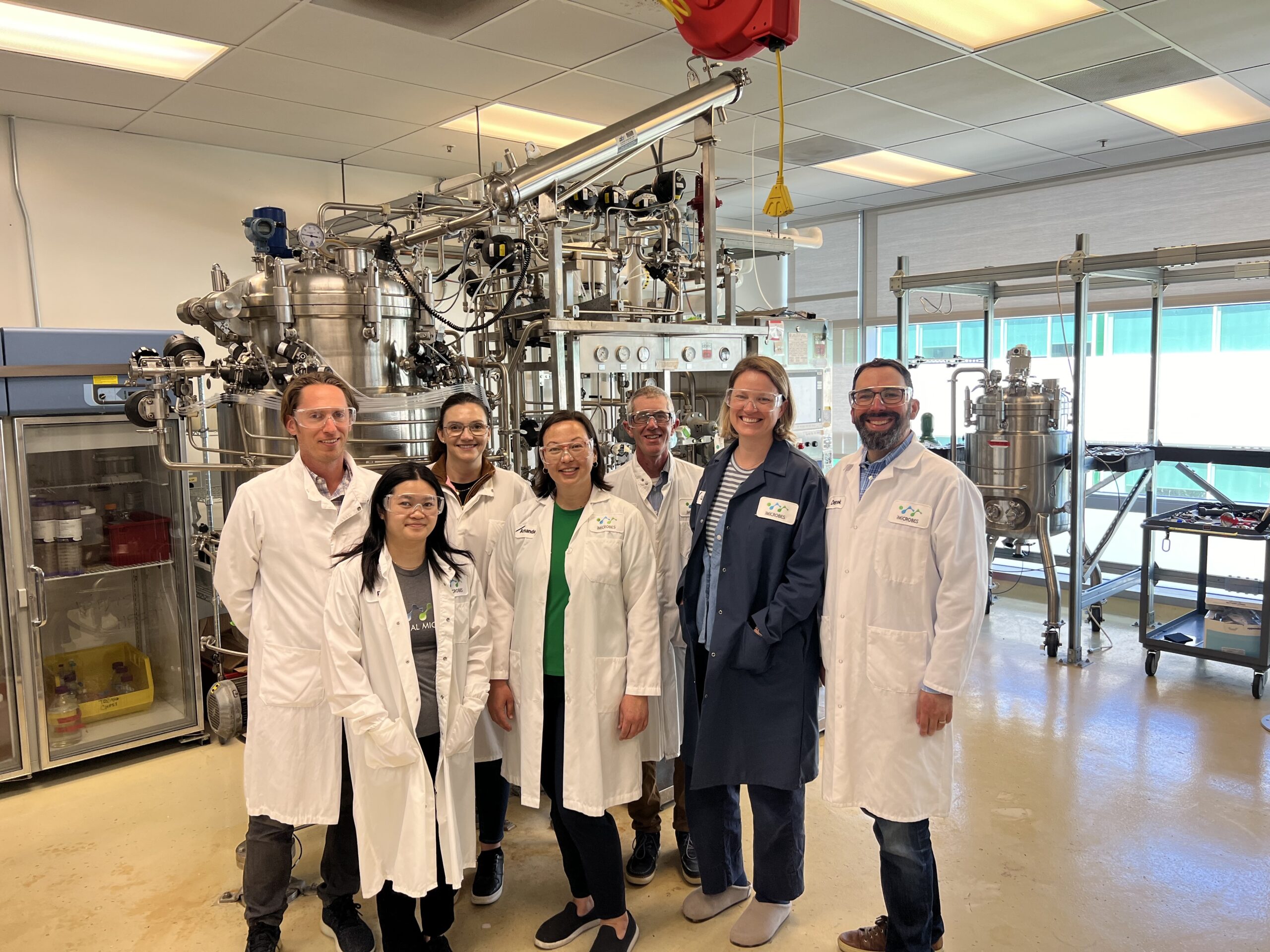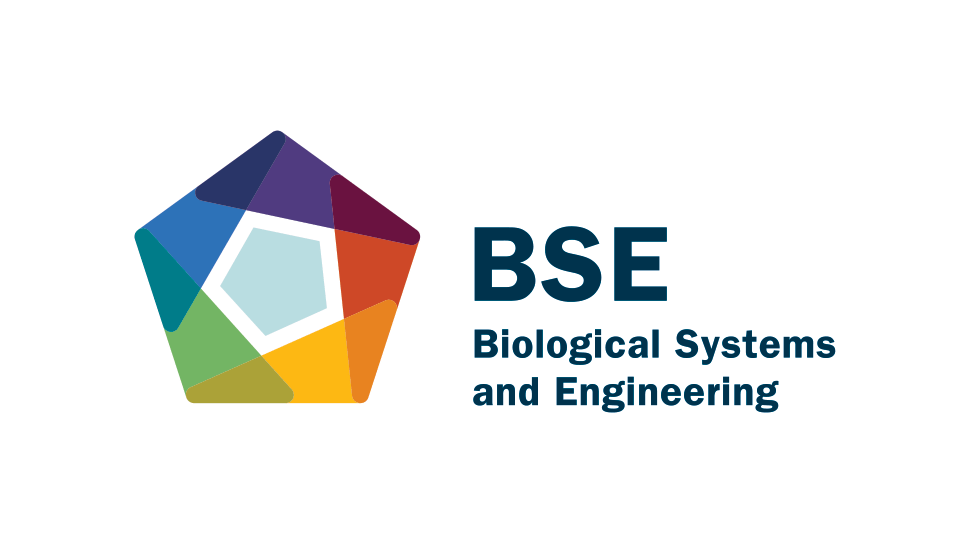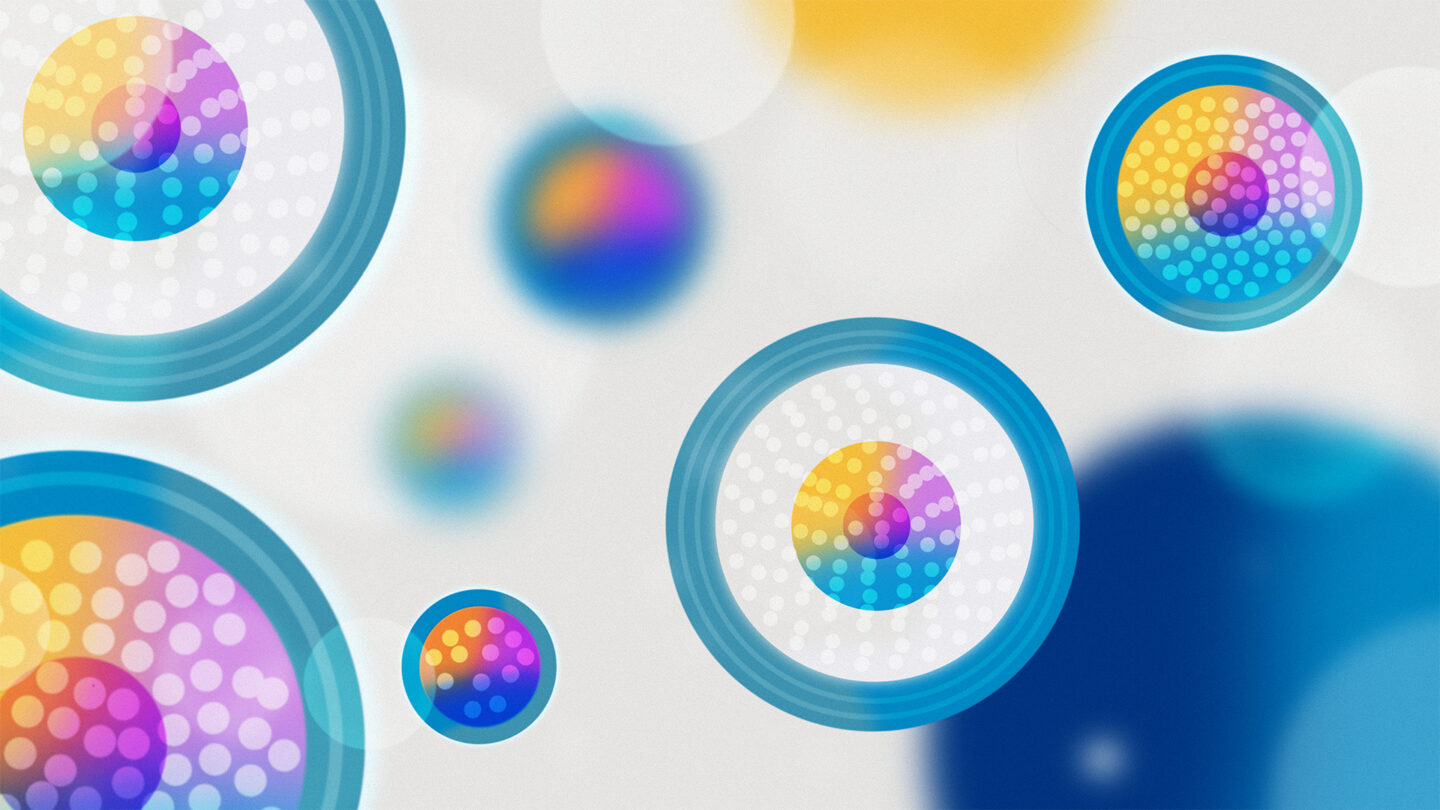
some more text
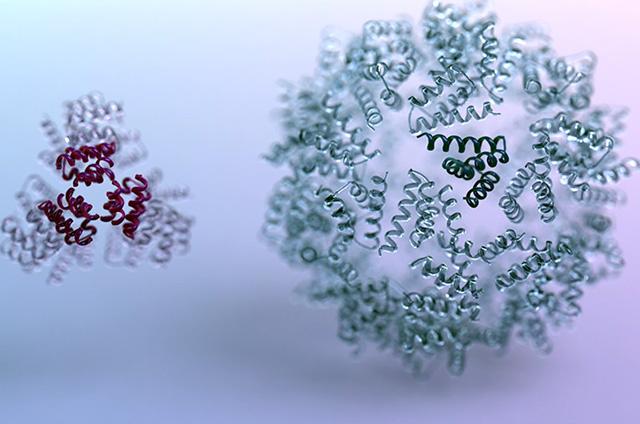
some more text


-
Blake Simmons Elected to National Academy of Inventors
Blake Simmons was named a 2024 fellow by the National Academy of Inventors for his work on using ionic liquids to break down plant materials into sugars for biofuels and bioproducts.
Read the article -
Congratulations to Biosciences Area Director’s Award Recipients
Several Biosciences Area personnel are among the 2024 recipients of Berkeley Lab Director’s Achievement Awards. The program recognizes outstanding contributions by employees to all aspects of Lab activities.
Read the article -
Reducing Food Waste with Traditional Techniques
Vayu Hill-Maini, former postdoctoral researcher at the Joint BioEnergy Institute, is pioneering the use of Neurospora fungus to transform food waste into nutrient-rich edible products, blending cutting-edge science with sustainable culinary practices in collaboration with top restaurants.
Read the article -
ABF, ABPDU Scale up Acrylic Acid Precursor with Industrial Microbes
Researchers at the Agile BioFoundry (ABF) and the Advanced Biofuels and Bioproducts Process Development Unit (ABPDU), have successfully scaled up a bio-based process that converts ethanol into a valuable precursor for consumer products, such as paints, coatings, and diapers. The researchers worked with industry partner, Industrial Microbes, to develop the process.
Read the article -
A New Genetic Hallmark for Predicting Breast Cancer Outcomes
Biosciences researchers have used Collaborative Cross mice, a mouse model system designed to mimic the diversity of human populations, to identify a set of genetic factors that could help refine treatment approaches for a fast-growing form of breast cancer.
Read the article


